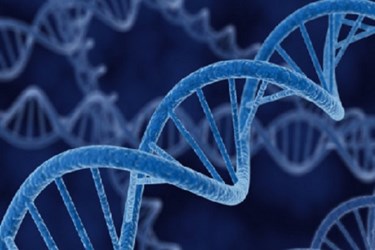Higher Order Structure Of Proteins By Circular Dichroism Spectroscopy

HOS defines the protein’s correct folding and three-dimensional shape, which ultimately impacts the activity and stability of the product. Circular Dichroism (CD) spectroscopy is used to study the tertiary and secondary structure of proteins by measuring the unequal absorption of left-handed and right-handed circularly polarized light
Since the sensitivity of the far- and near-UV regions is considerably different, data is acquired in two separate measurements at different dilutions. Far-UV (260 to 190 nm) and near-UV (350 to 250 nm) CD spectra are acquired in triplicate for each sample and its corresponding buffer. The averaged buffer spectra are then subtracted from the corresponding averaged sample spectra. The far-UV CD spectrum is further processed using the CDSSTR algorithm to estimate the relative percentage of secondary structure elements, such as α-helix and β-sheet.
Continue reading to learn more about the analytical development for mAbs and recombinant proteins.
Get unlimited access to:
Enter your credentials below to log in. Not yet a member of Biosimilar Development? Subscribe today.
